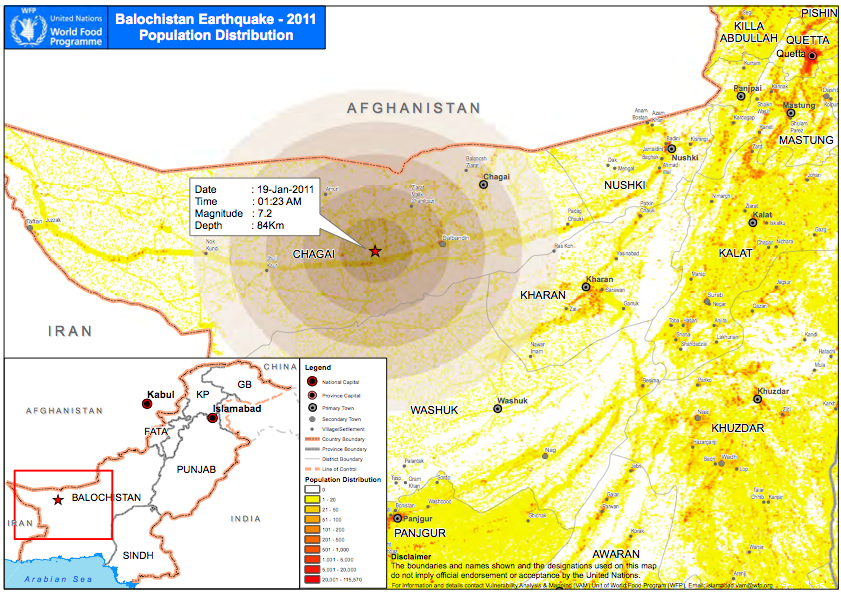
Feature #1: (start time: 06:03) On January 12, 2010, just over three years ago, a magnitude 7 earthquake shook Haiti, taking more than 200,000 lives and displacing an estimated 2 million. Still today, the International Organization for Migration estimates hundreds of thousands of people are without permanent homes, and in many ways Haiti seems no closer to rebuilding than it did three years ago. Co-host Beth Bartel speaks to Haiti’s first seismologists — Roby Douilly and Steeve Symithe, both graduate students at Purdue University — about the future of Haiti and a career in seismology there
 Feature #2: (start time: 15:42) You’ve probably heard by now that 2012 was the warmest ever in the U.S. We’re not the only ones overheating. At the bottom of the world, over the last 50 years, West Antarctica has warmed more than scientists had thought. The implications are huge; an enormous ice sheet there may be at risk of long-term collapse, which could cause sea levels to rise alarmingly. Co-host Susan Moran speaks with Andrew Monaghan, a climate scientist at the National Center for Atmospheric Research, or NCAR, here in Boulder. Dr. Monaghan co-authored the study, which was recently published in the journal Nature Geoscience.
Feature #2: (start time: 15:42) You’ve probably heard by now that 2012 was the warmest ever in the U.S. We’re not the only ones overheating. At the bottom of the world, over the last 50 years, West Antarctica has warmed more than scientists had thought. The implications are huge; an enormous ice sheet there may be at risk of long-term collapse, which could cause sea levels to rise alarmingly. Co-host Susan Moran speaks with Andrew Monaghan, a climate scientist at the National Center for Atmospheric Research, or NCAR, here in Boulder. Dr. Monaghan co-authored the study, which was recently published in the journal Nature Geoscience.
Hosts: Susan Moran and Beth Bartel
Producer: Susan Moran
Engineer: Jim Pullen
Executive Producer: Shelley Schlender
Podcast: Play in new window | Download (Duration: 24:31 — 22.5MB)
Subscribe: RSS





 In this Spring Pledge Drive Show, we share an update on the crisis in Japan from Kathleen Tierney of
In this Spring Pledge Drive Show, we share an update on the crisis in Japan from Kathleen Tierney of 


